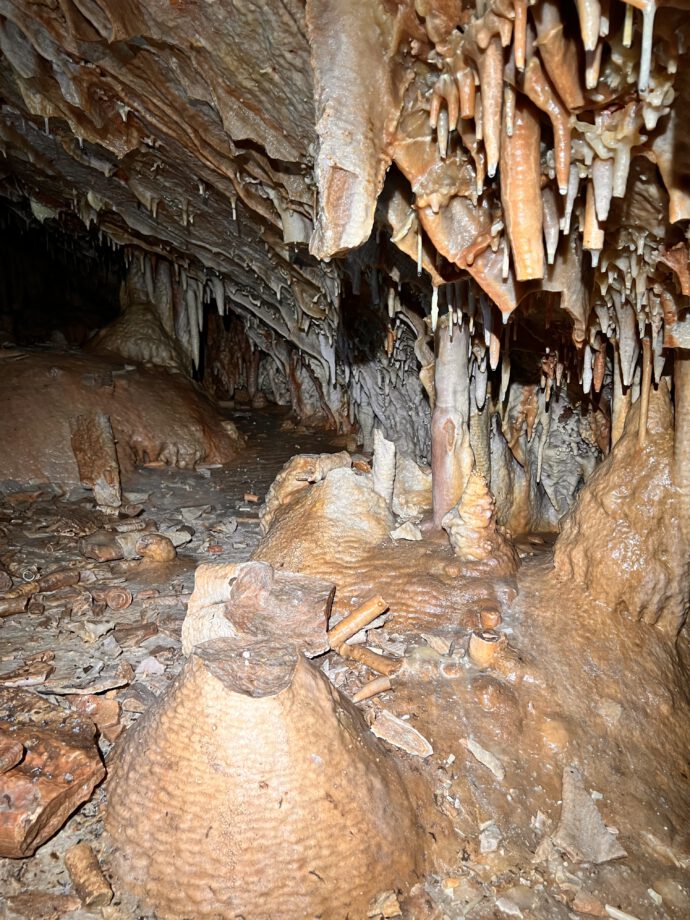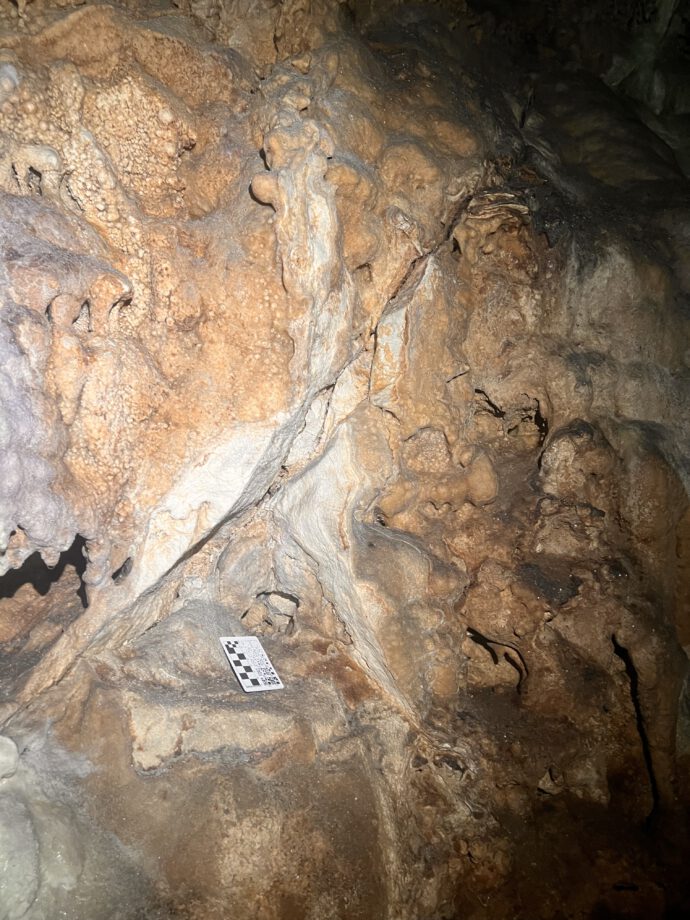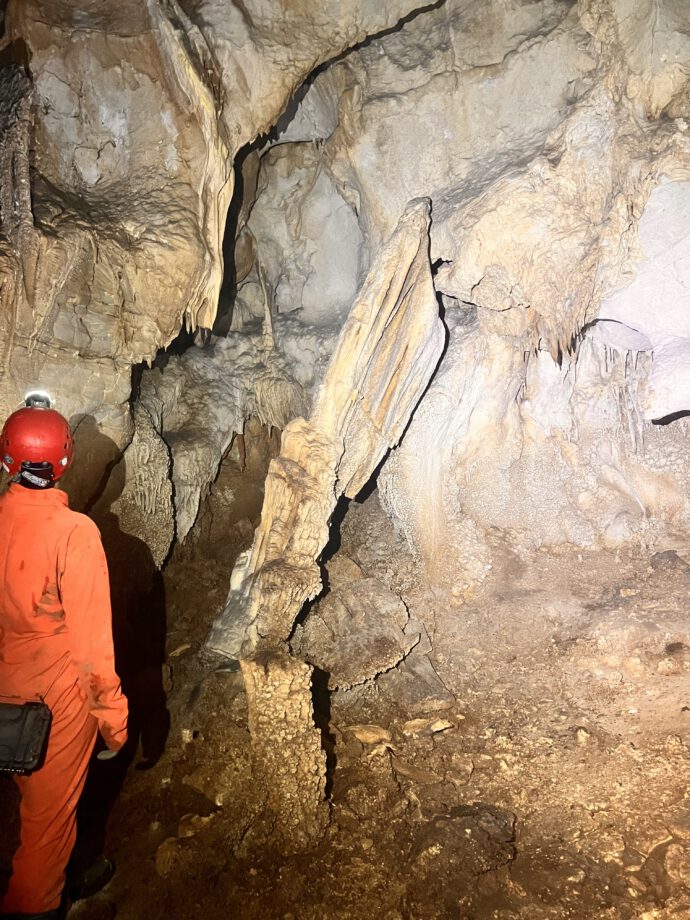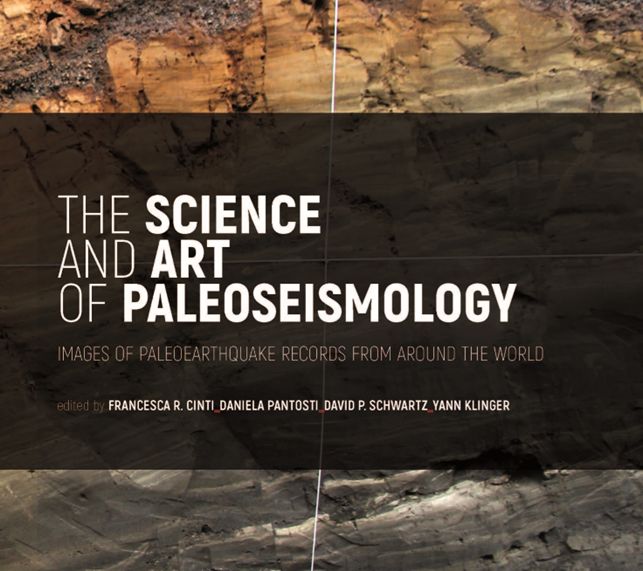The International Symposium on Seismic Risk, Urbanization, and Resilience (SURE-MED) 2025, will take place in Constantine, Algeria, from 27-29 October 2025. This event commemorates 40 years since the 1985 Constantine earthquake and aims to advance seismic resilience in the Western Mediterranean.
It includes a one-day, post-meeting field trip to the Tell Atlas on October 29, 2025, focusing on active faults, morphotectonics, and geohazards in the Constantine Basin (NE Algeria), including the archaeological site of Tiddis. The symposium also features dynamic sessions, hands-on workshops, and an exhibition, fostering collaboration among seismologists, engineers, and urban planners.
- Short Abstract deadline: 31 July 2025
- Registration: https://www.craag.dz/suremed2025
- Hosted by: Centre de Recherche en Astronomie, Astrophysique et Géophysique (CRAAG), Centre de Recherche en Aménagement du Territoire (CRAT), Université de Constantine 3 Salah Boubnider, and Université des Frères Mentouri Constantine
- Contact: suremed.secretary@gmail.com | (+213) 698151870
- YouTube: https://www.youtube.com/@SURE-MED2025
- Facebook: https://www.facebook.com/Symp.SureMed
- X: https://x.com/SURE_MED2025
- More Info: https://www.craag.dz/suremed2025





